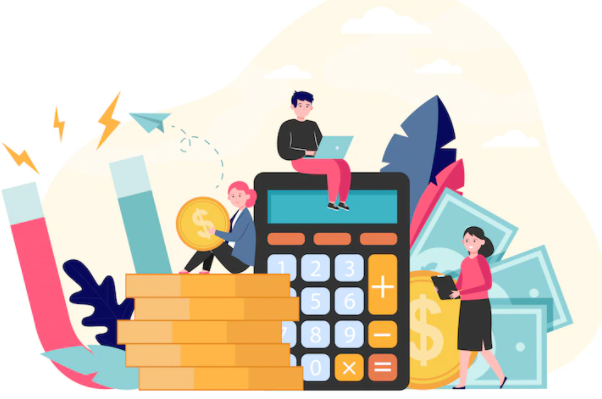These are methods and activities that help students get familiar with certain materials prior to the time they read them or take part in an official lesson in class concerning its content. You should check out our new grade calculator.
Teachers often find it challenging to provide their students with huge chunks of information in a way that helps them comprehend and remember it. You should check out our new high school GPA calculator. Though there are various strategies teachers can use for the purpose, one that’s used heavily is the advance organizer.
By using advance organizers, teachers can connect the new information to old information, thus making it easy for students to remember the new information. Advance organizers serve three basic purposes. First, they direct students’ attention to what’s vital in the forthcoming lesson.
Second, they draw attention to connections between the ideas that will be discussed. Third, they jog students’ memory about relevant information that they already possess. Thus, advance organizers help teachers introduce the lesson topic and demonstrate the connection between what the students are all set to learn and their previously learned information.
Some common types of advance organizers are:
- Expository advance organizers: They help students get a broad idea of the lesson’s goal before the lesson starts. For example, a teacher may express the lesson’s goals by saying how the class has previously learned about the habitats of animals and that they’ll learn about a tropical rainforest’s four layers and the type of animals that live in each layer.
- Narrative advance organizers: They present new information in the format of a story. For example, a teacher may use storytelling to talk about what triggers a war and remind students of the ones they have learned earlier before describing some of the major battles they need to learn.
- Skimming: As the name suggests, it involves skimming through information. For example, a teacher teaching young students can encourage taking a “picture walk” through the lesson before reading it.
- Graphic organizers: They involve pictographs, concept maps, or conceptual or descriptive patterns. For example, before teaching about pets, a teacher can ask students to draw Venn diagrams to show who has a dog, a cat, and the ones who have both. A double bubble map is another useful graphic organizer. For example, when teaching about fruits (say, apple and banana), a teacher can use it where the central bubbles talk about the common aspects of the fruits, such as both are types of food and tasty to eat. The outer bubbles can talk about the differences, like apples are solid, red, and full of vitamin C, while bananas are soft, yellow, and contain potassium.
- KWL charts: Before starting a lesson, a teacher could ask students to divide a page into three columns. They are named K (what students think they know), W (things they want to know), and L (what they have learned), respectively. The first two columns need to be filled in before the lesson starts. After the lesson, students should fill out the third column. Since KWL charts make students feel more comfortable with the new material they’ll be learning, they boost their focus and interest.
